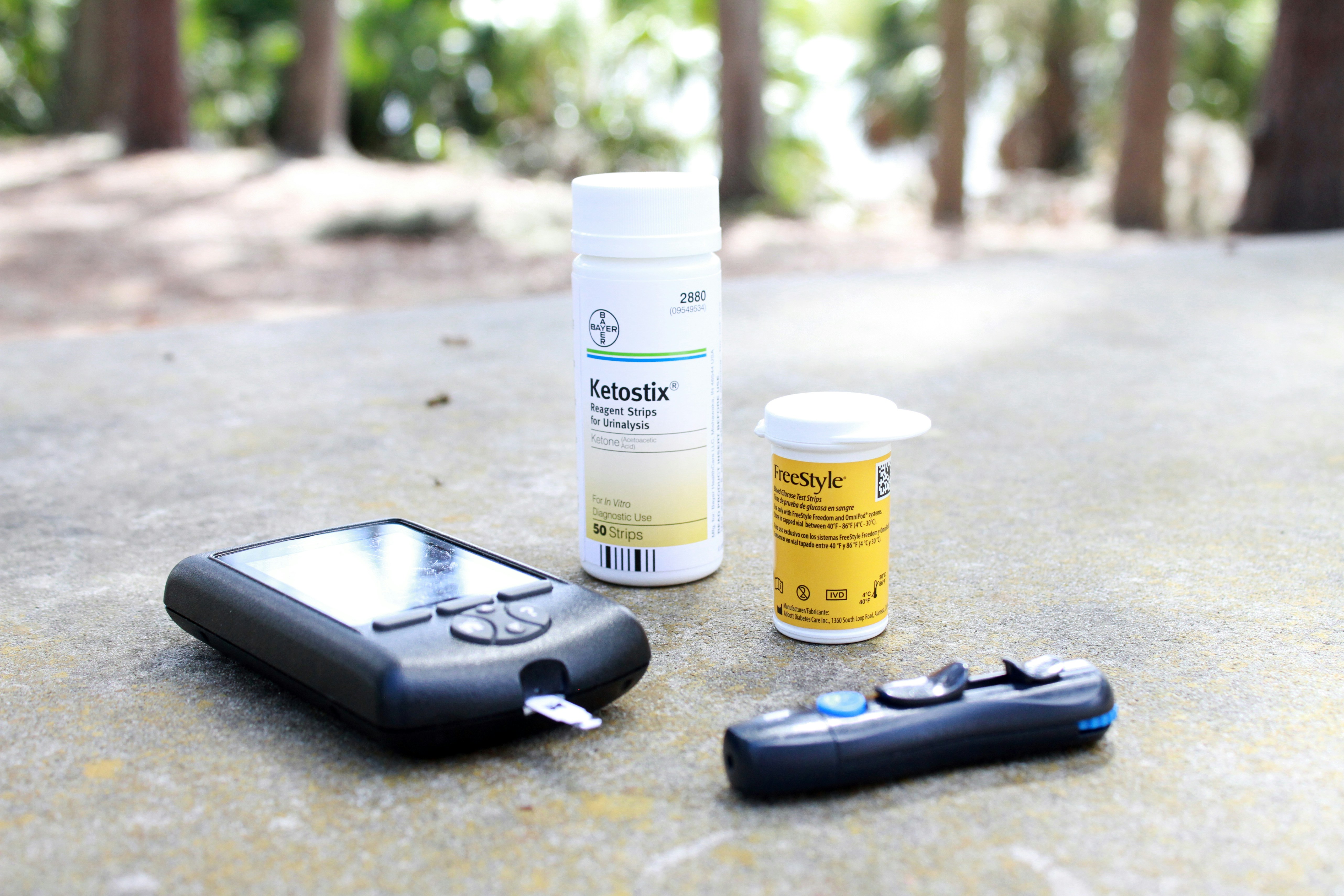Navigating the Bido Test: Insights and Methodologies
March 31, 2025 | by yakobians.sevak@gmail.com
 Photo by ThisisEngineering on Unsplash
Photo by ThisisEngineering on Unsplash Overview of the Bido Test Framework
The Bido Test framework serves as a structured methodology designed to evaluate specific skills and outcomes among participants. Primarily, the test aims to provide an objective assessment tool, capable of delivering insights into individual performance and capabilities. This bi-dimensional approach incorporates both qualitative and quantitative measures, ensuring a holistic view of the participant’s abilities.
One of the fundamental objectives of the Bido Test is to facilitate skill identification in a variety of domains. This allows educators, employers, and trainers to tailor development programs or resources, optimizing learning trajectories based on the insights gleaned from the test results. By systematically analyzing various competencies, the Bido Test framework not only supports personal growth but also enhances workplace productivity and educational success.
The significance of the Bido Test framework extends beyond mere examination; it acts as a comprehensive benchmarking tool. It helps organizations in assessing the effectiveness of their training programs and educational strategies, thereby aligning them with desired outcomes. Moreover, the test structure typically comprises a series of modules, each focusing on distinct skill sets or knowledge areas. These components are designed to complement one another, providing a well-rounded assessment experience.
Additionally, the Bido Test framework is highly adaptable, making it relevant across diverse fields such as education, human resources, and professional development. This versatility ensures that the framework remains applicable regardless of the specific context in which it is utilized. Thus, understanding the components and structure of the Bido Test framework is essential for leveraging its full potential and reaping its benefits.
Interpreting Results and Implications
The interpretation of results derived from the Bido Test is essential for individuals and organizations seeking actionable insights. The test provides a scoring system that quantifies various attributes measured during the assessment. These scores typically range from low to high, indicating different levels of competency or capability. High scores often suggest strong skills or understanding in the tested areas, while low scores may highlight potential areas for improvement.
Understanding the scoring metrics is crucial; for instance, a high score can indicate a person’s readiness for challenging tasks or roles, whereas a low score may suggest the need for further training or development. It is vital to analyze not only the scores themselves but also the comparison to established benchmarks or norms within the relevant field. This comparative analysis helps individuals contextualize their performance and identify key growth opportunities.
Furthermore, leveraging the insights from the Bido Test results can guide strategic decision-making. Organizations may use high scores to identify potential leaders or high performers, while low scores can act as indicators for focused intervention strategies. In this context, the results should empower individuals and organizations to adopt targeted personal development plans and training initiatives.
However, there are misconceptions surrounding the implications of Bido Test results. Some may assume that a low score indicates a lack of potential, failing to recognize that scores are just one piece of the larger puzzle of personal and professional growth. It is essential to remember that these metrics should not serve as definitive labels but rather as tools for providing constructive feedback. To utilize the Bido Test results effectively, individuals should engage in reflective practices, seeking to understand their scores in the context of their overall goals.
RELATED POSTS
View all

